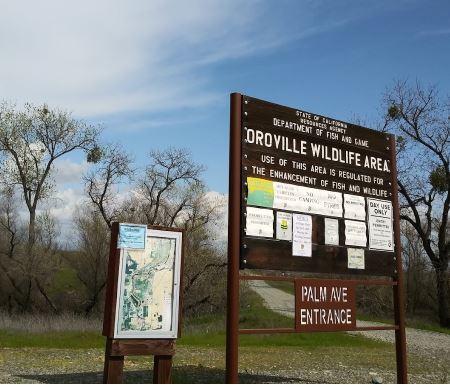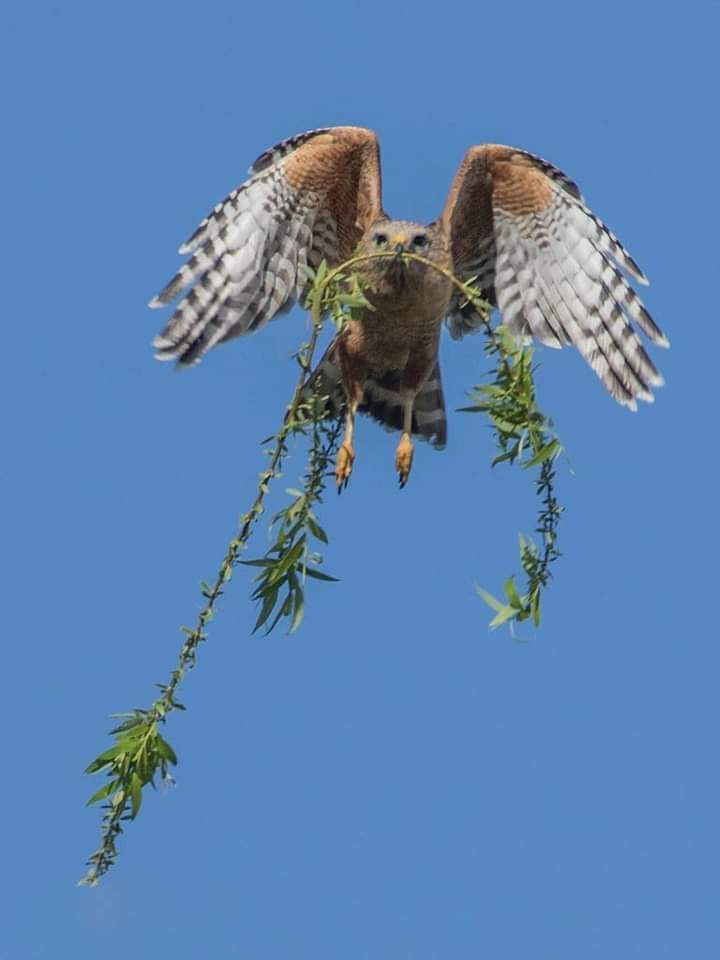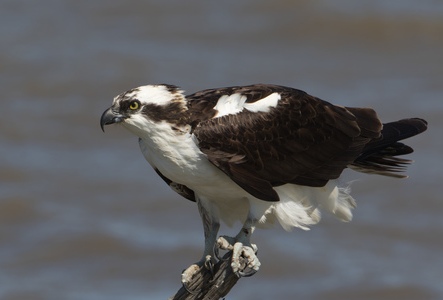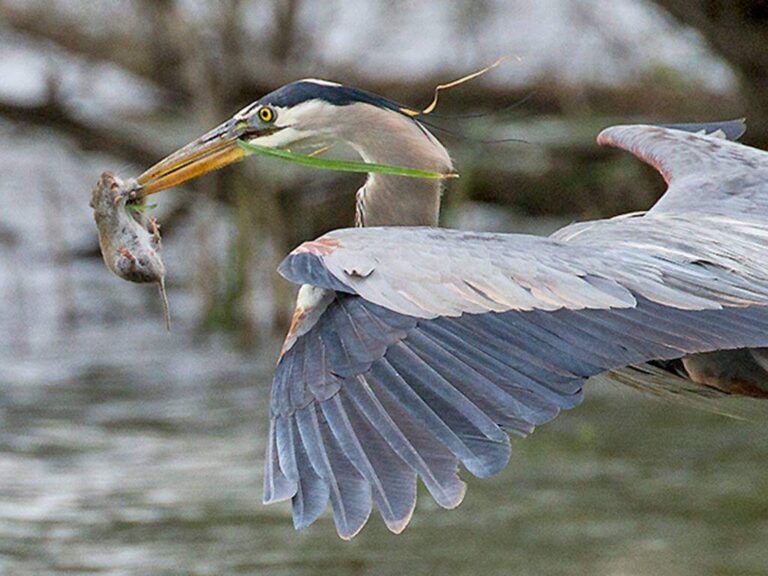Before settlement, the area was typically riparian in nature. Wildlife abounded and some of the earliest explorers were fur trappers. The river alluvium was worked by miners from 1848 to 1857. The combination of available water, riparian vegetation, and grasslands in the adjoining alluvial fans made it suitable for livestock grazing. Permanent agriculture with small orchards and irrigated pastures developed until 1898 when gold dredging operations began. The dredging continued until 1952, leaving the land unusable except for small amounts of fishing and hunting afforded by the ponds and their riparian edges.
The approximately 11,800-acre Oroville Wildlife Area is primarily riparian woodland habitat along the Feather River and grasslands around the Thermalito Afterbay. Warm water fish species (largemouth bass, bluegill, green sunfish, channel catfish, and black crappie) can be found in the numerous dredger ponds and the Thermalito Afterbay. Salmon, steelhead, shad, and striped bass can be found in the Feather River.
Wildlife species seen in the area include coyote, badger, fox, bobcat, porcupine, osprey, white-tailed kite, egrets, woodpeckers, and warblers. There are good populations of coyotes, deer, dove, quail, and waterfowl, and fair populations of squirrel and rabbit.
Two important diversions were constructed on what is now the wildlife area, and then removed when construction of the Oroville Dam eliminated the need for them. Materials removal for construction of the dam began in 1963. During construction, biologists were influential in preserving wildlife values and creating habitat with potential value such as ponds, lakes, and islands. In 1968, the property was designated as a wildlife area by the California Fish and Game Commission.
The shooting range is for rifles, pistols, shotguns, and archery and is open from sunrise to sunset. There is no rangemaster.





